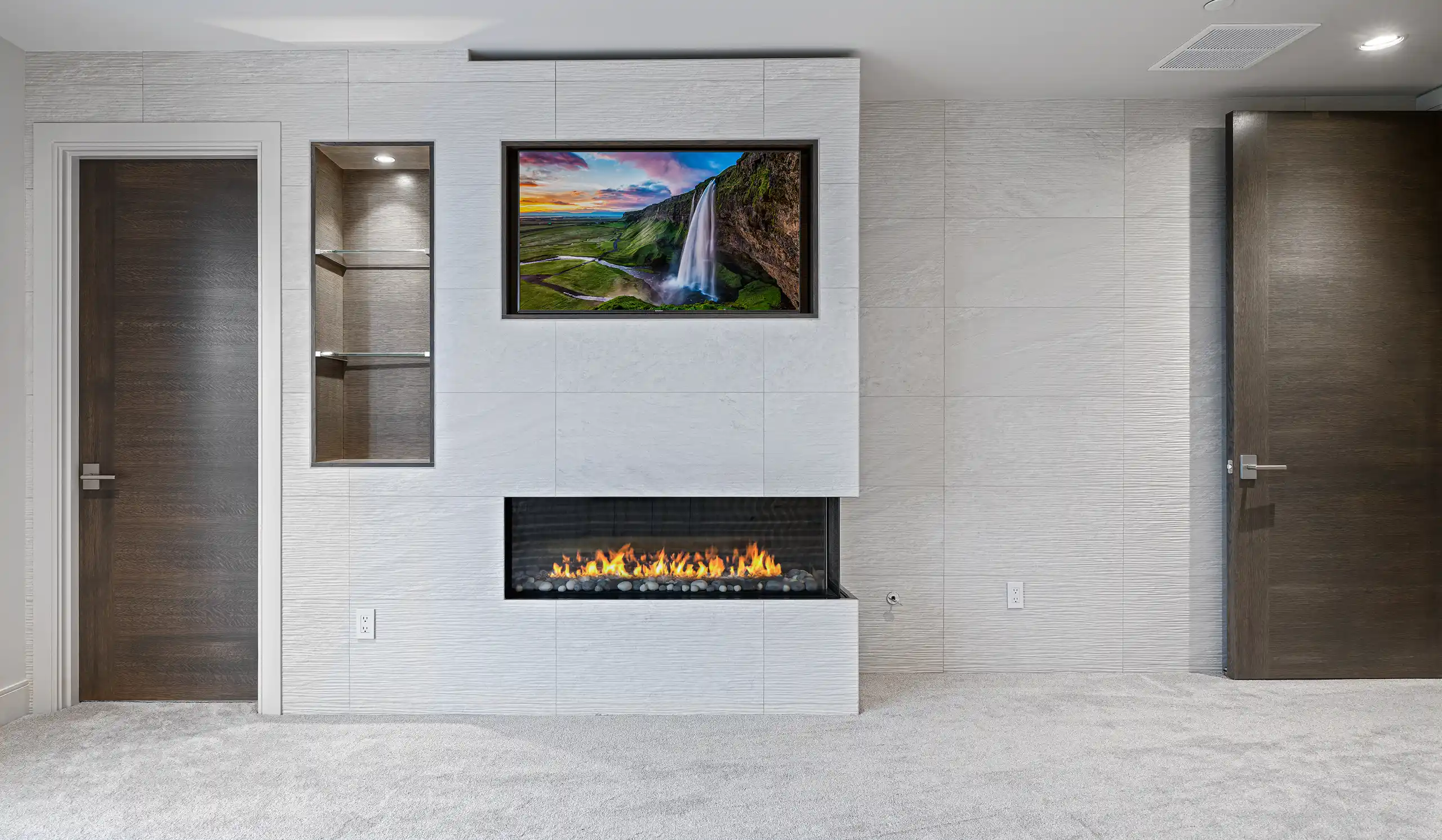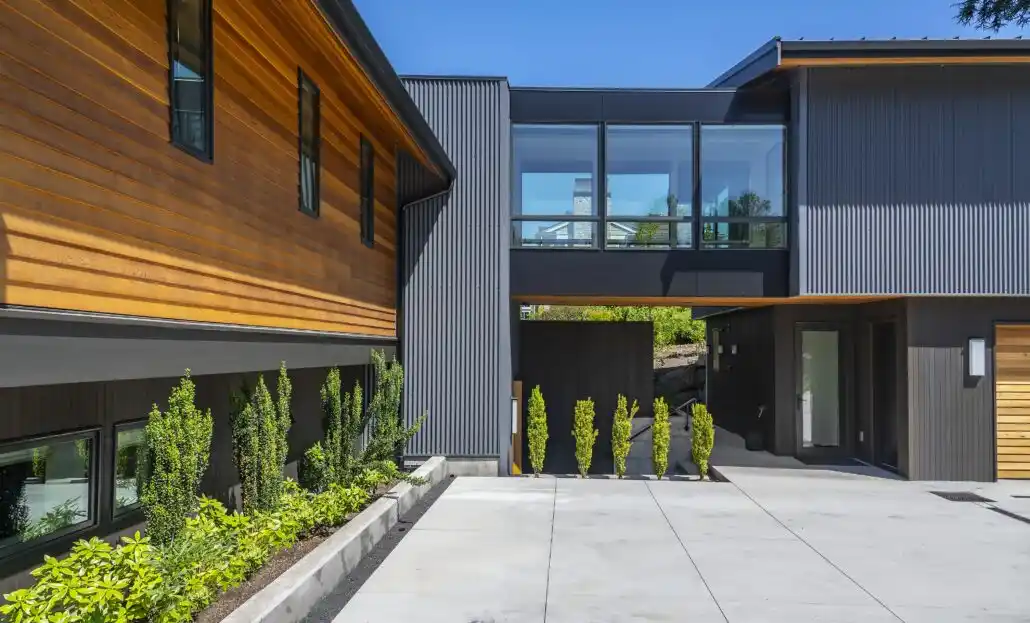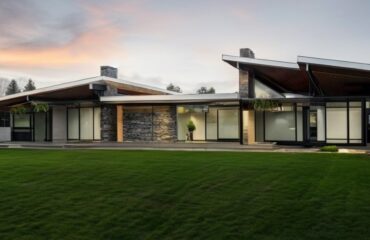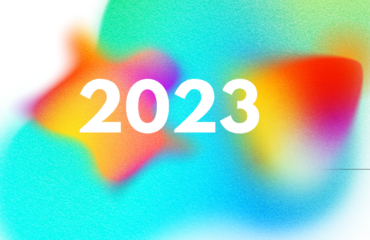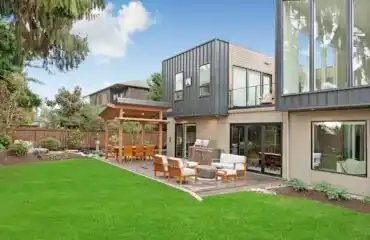The words modern and contemporary are often used interchangeably when it comes to architecture and interior design. However, there are distinct differences if you know what to look for. Contemporary architecture is fluid in style, incorporating design elements of both past and present day while modern architecture focuses on styles from the early 1900’s-1950’s. Modern design is still very popular to this day, and contemporary homes often include elements typically found in modern homes (minimalism, clean lines, open and airy floorplans, asymmetry, and a connection to nature) hence why the two are so frequently confused. But don’t fret! We are here to clear up the confusion.
CONTEMPORARY DESIGN
Contemporary architecture is not rooted in any one time period and reflects architectural trends of the current moment- ebbing, flowing, and ever changing. Homes built in the contemporary style tend to be as innovative and advanced as the times will allow. Today’s contemporary design is different from even just a couple years ago; we’ve seen a significant change since the pandemic. Due to labor shortages, increasing material costs, and high demand, contemporary design has become less about aesthetics and more about practicality and sustainability. This is accomplished by making use of local materials and natural resources.
Elements of Contempory Design:
- Reflection and emphasis on current trends
- Glass, metals, and mixed materials
- Cool tones: blacks, whites, grays
- Freeform composition – angles & curves
- Exterior adornments
- Monochromatic interior design
- Sustainable and eco-friendly
MODERN DESIGN
While contemporary design refers to the present, modern architecture points to a style of home built in a specific era. Greatly influenced by the modern art movement, modern architecture became prevalent in the early 1900’s through the turn of the century, with it’s most popular style being mid century. Modern design adopts a ‘less is more’ feel through a more simplistic style based more on form and function. This style also practices rooting the home in it’s environment with a strong connection to nature. Modern homes strive to blur the boundary between the indoors and out, and compliment the surroundings of the structure.
Elements of Modern Design:
- Emerged in the 20th century
- Use of earthy elements: wood, stone, rust
- Earthy hues and warm tones: browns, tans, and neutrals
- Rectangular forms with low & horizontal composition
- Emphasis on function, nature, and simplicity
- Lack of ornate flare and adornment
- Whitewashed materials, inside and out
When styling a home, it’s best to use accurate language when researching and describing what you want. Often, you’ll find that even industry professionals will use the words modern and contemporary interchangeably, which can lead to confusion and lack of clarity of your vision. Learning the differences between these styles will help you better understand your own preferences and what you’re looking for in a design!
